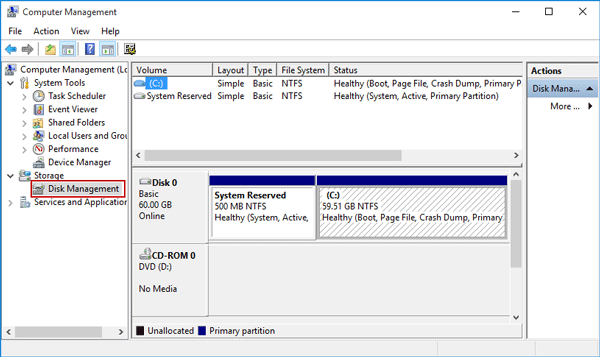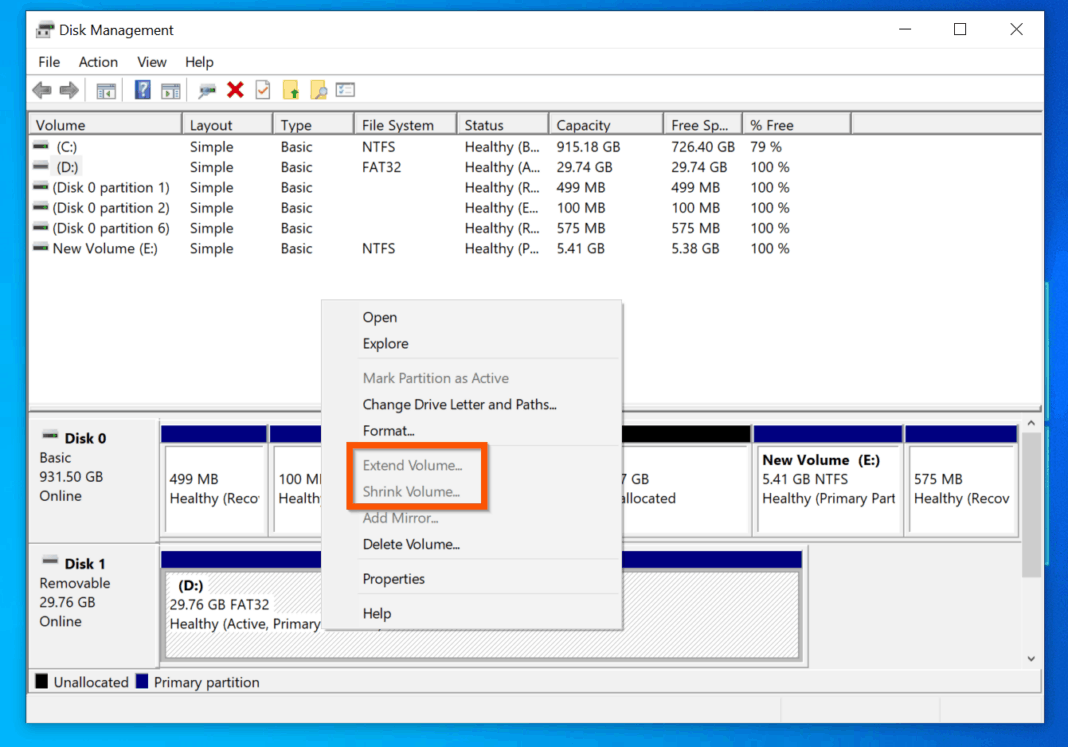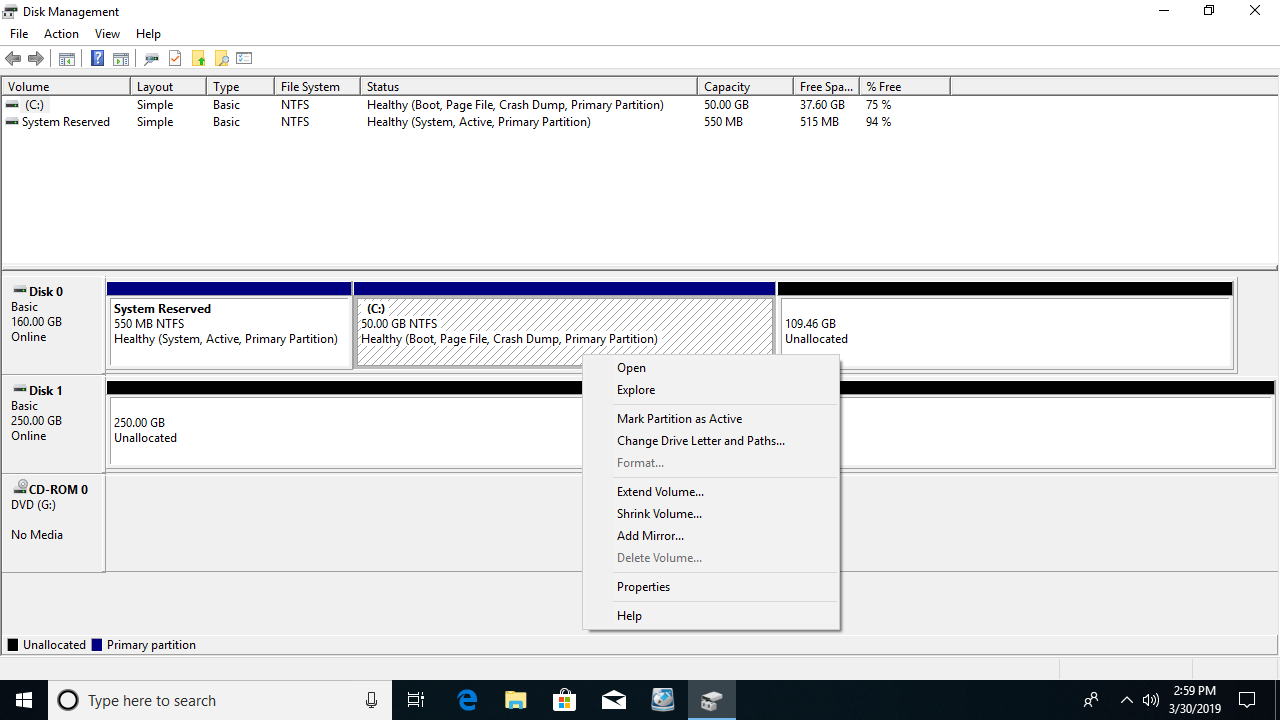
In this case the code can be checked in Wikipedia Partition type page (here 83 is Linux) Note that if you had a MBR not GPT disk then diskpart would show a 2 digit code like this for the Type rather than the long GUID above : DISKPART> detail partition

Here the type is 0fc63daf-8483-4772-8e79-3d69d8477de4 which if you check the Wikipedia GUID partition table page it will tell you it is Linux. There is no volume associated with this partition. Partition 7 is now the selected partition. Next show detail of the selected partition to find the Type.

Select the disk you are interested in, then the select the partition. The easiest way to make sure is to go to diskpart from command prompt. What do you think? Let us know in the comments below.Disk Management will not tell you if these partitions are Linux (although from your description 5 and 6 almost certainly are).Īll it can tell you is that the partitions exist and the filesystem type (for example EXT4 or whatever you formatted them) is not recognized by Windows while it's own filesystem NTFS is. My opinion: While I like modernization, I wish Microsoft would do something about Settings UI design, which is the absolute ocean of useless whitespace, especially on a 16:9 large screen monitor. The legacy tool will be available in the Control Panel for those who need it. Insiders want early versions of features, this is that,” Microsoft said.įortunately, Microsoft has confirmed that there are no plans to retire the existing Disk Management MMC (Microsoft Management Console) snap-in. “This is just the first piece of work for this feature and will take time to refine it. This has attracted negative comments from testers, but Microsoft told users that the feature is in the early stage of development and it’ll eventually get better. While modernization is a step in the right direction, this modern alternative is currently sparse looking in terms of the design and interface with a lot of white space on the right side. The disk manager also features better integration with other features like Storage Spaces and Storage Sense, compared to the legacy Disk Management tool. In addition, you can assign drive letters and create/format volumes.

The tool also allows you to create and format volumes. A more detailed and informative graphical representation is currently missing, but it could be added in a future update. You can use Windows 10’s modern disk management utility to view basic information of your disks. This new feature offers modern experience and it’s built from the ground up with accessibility in mind. The new disk management tool is called “Manage Disks and Volumes screen” and it’s available under the Storage section of Settings > System > Storage.


 0 kommentar(er)
0 kommentar(er)
